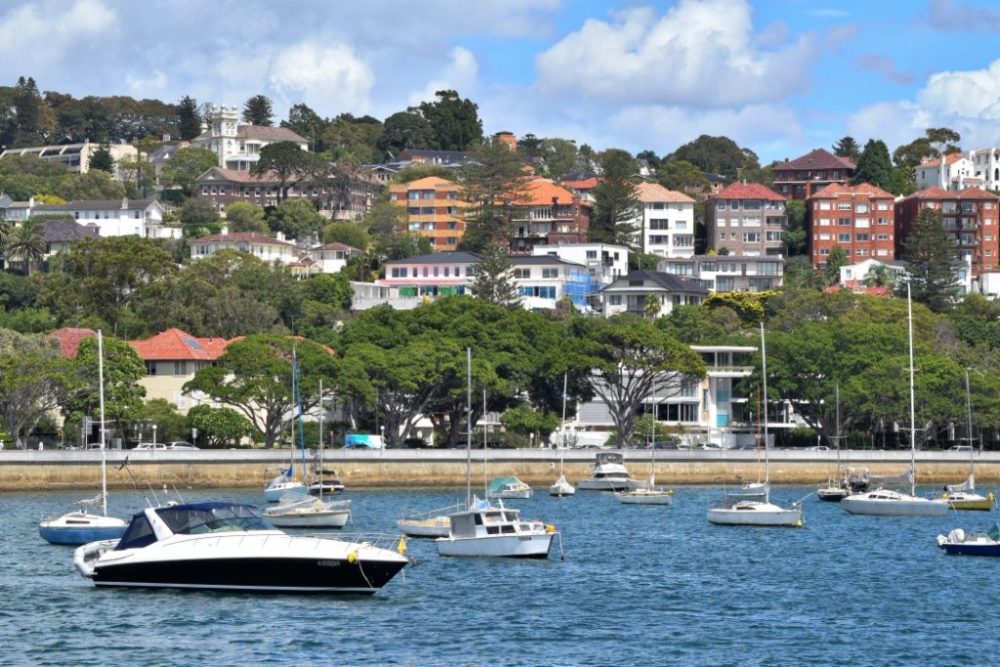Drones, also known as unmanned aerial vehicles or drones, are becoming increasingly popular and used in a variety of industries. Drones have penetrated into real estate, wedding photography and even real estate and wedding photography. Although there is a lot of unmanned aircraft on the market, the models on offer and the technology behind them will help marketers tell a new kind of story.
Drones may seem like an exciting new way to create content, but marketers who want to do airy storytelling must follow certain rules. With drone regulation still in its infancy, the FAA has many restrictions on what drone operators can and cannot do. Drones are also banned from flying in certain areas of Australia, such as near airports or military bases. If a marketer wants to fly a drone commercially, he must hire someone who has followed proper regulations and submitted approval to the local air traffic controller and other civil authorities before they are legally able to operate their drown.
Even if you might be tempted to jump on the drone bandwagon, it’s important to do your homework and familiarize yourself with local, state, and federal guidelines to avoid breaking the rules or inadvertently violating others.
Drones for video and photos are much cheaper than helicopter rentals, which can cost several hundred thousand dollars a day. HD video is clear, making it easy to get the recording you really want to record. Imagine you spend all that money just to blow up on a cloudy day, but there is no way to see the video in detail.
It is also easier and cheaper to film a scene with a drone than with a helicopter, and it won’t blow a hole in your budget. Drone technology and its portability also give you plenty of room to manoeuvre when moving to a reception centre, so delaying the recording by a few hours or even a few days is no big deal. Given all these benefits, you might want to consider buying drones, especially if you are a freelance videographer or creative in an agency. Drones are owned by companies, but they are also available in a variety of shapes and sizes, from small and medium to large.
As drone technology improves by leaps and bounds, many industries are using it to create stunning visual content. Certain drones allow artists access to software that allows them to map areas and create more precise topographic visualizations. According to ArchDaily, drones are the most popular aerial photography application in the construction industry. In addition to hiring high-end photographers, architectural firms also have the opportunity to integrate drones into the design process of their projects and their construction projects.
Just as with architecture, buyers want to get a real feel for a property, and aerial cameras can view the property themselves from a bird’s eye view, create maps, provide detailed information about the area they want to buy in, or view listings on a real estate site. A broad view of an area can help determine whether the property is right for you and help your estate agent connect with real interested buyers, saving them time and money. Consider how much more you can motivate a potential home buyer with a great aerial view and a good description of the properties and amenities of the home than if you had to list it on a real estate website.
One industry that is experiencing a huge rise in the popularity of drones is photography and videography. If you are a photographer and want to stand out in other areas, you might want to consider adding drone video to your existing DSLR video package. What kind of technology do you use to take photos, videos and other video content for your business, in addition to traditional DSLRs for photography?
Using drones in your marketing initiatives will enable you to create more creative content for your brand. What do you do with the swag you put down with your drone, and what kind of content do you use drones for? What are some of your favourite content you embedded with a drone in your hand?
As marketers and video production companies increasingly use drone technology, we were curious to see how we could give potential travellers an idea of what cities across the country have to offer with a short aerial video. The video below was created by Drone Dispatch and captures the Texas landscape, seducing visitors to see and experience all the beauty and experiences the state has to offer. It is a 15-second video that starts at the participant’s head and stretches over hundreds of meters to present a festival event with picturesque backdrops. We saw that the video captured the beauties of a hotel and its surrounding properties and gave travellers a sense of where they were visiting.
As multisensory marketing becomes more important in the years ahead, we can expect drone footage to be used in everything from advertising campaigns to social media campaigns and online advertising. Marketers are scratching their heads as to how drone photography and videography can be integrated into their current campaigns. This is an exciting time for marketers, and that is why we are so excited about the future of drone technology in marketing. Don’t let drones disappear under the radar; if you want to stay ahead of the curve, it’s vital that you do.

